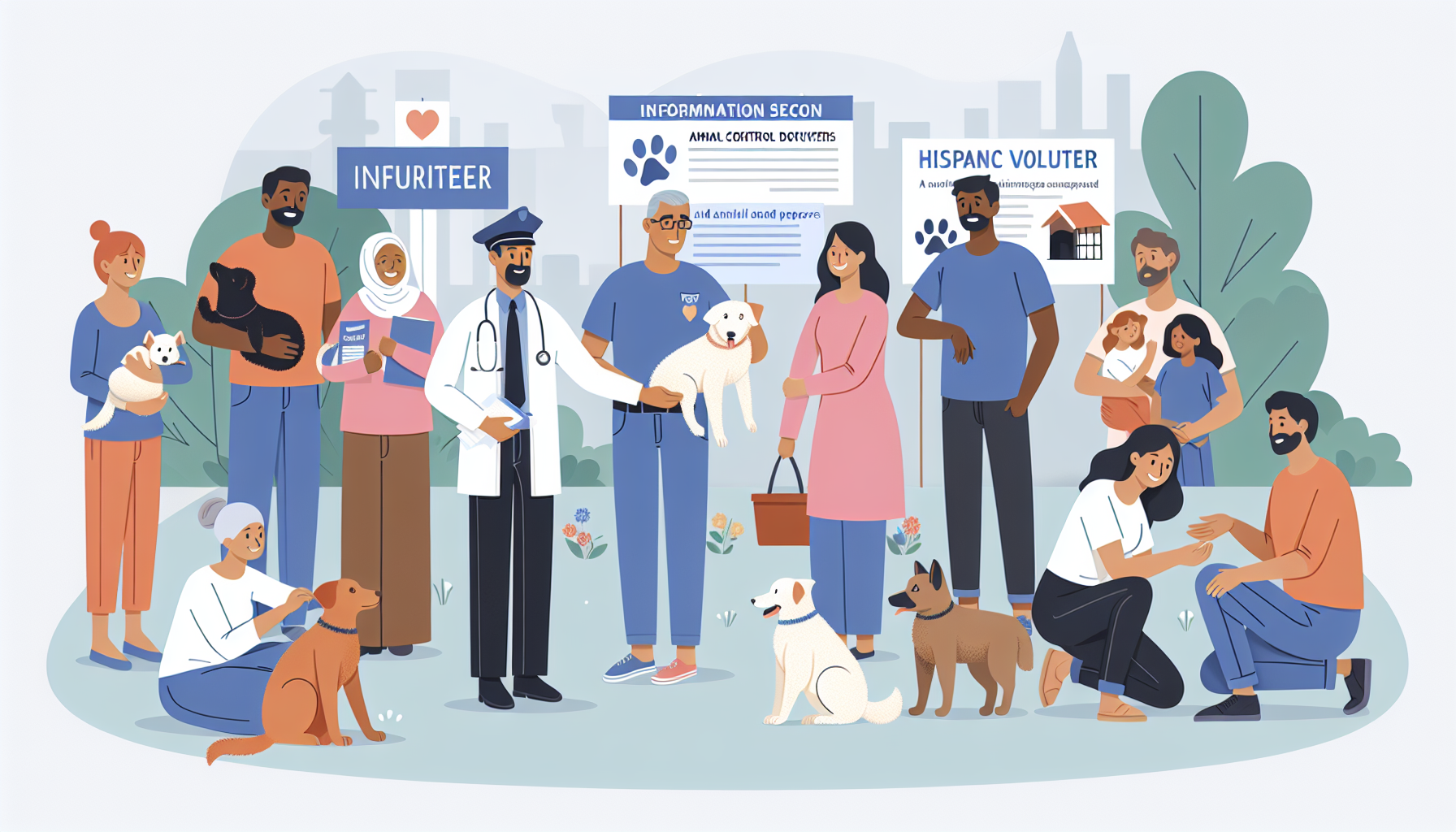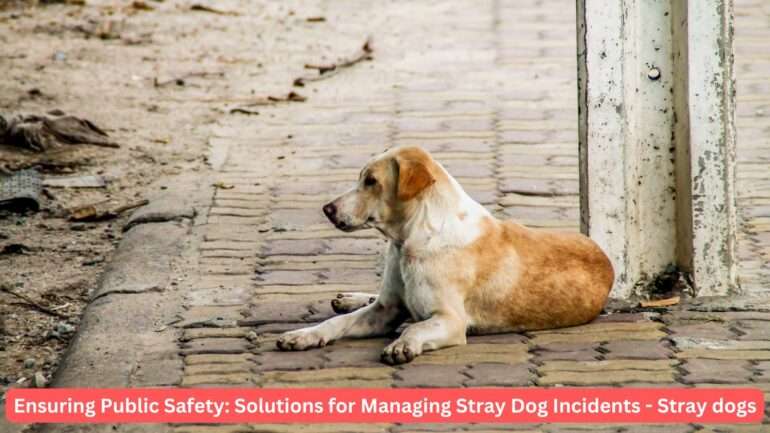- Empty cart.
- Continue Shopping
Ensuring Public Safety: Solutions for Managing Stray Dog Incidents – Stray dogs

Stray dogs –
Ensuring Public Safety: Solutions for Managing Stray Dog Incidents
The Growing Concern of Stray Dogs
Stray dogs have become a significant concern in many cities and towns worldwide. With increasing reports of incidents where these dogs have mauled people, it is crucial to address this issue with effective strategies. While stray dogs can be as affectionate and sociable as pet dogs, they can also become aggressive due to environmental stress, hunger, or trauma. Balancing the welfare of these animals with the safety of humans is a task that requires thoughtful and comprehensive action from local administrations.

Understanding the Stray Dog Population
The stray dog population is influenced by several factors, including:
- Overpopulation due to lack of spaying and neutering
- Abandonment of pets by owners
- Poor waste management, leading to food availability for strays
- Lack of natural predators in urban environments
Addressing these root causes is essential in reducing stray populations and mitigating aggressive incidents.
Implementing Comprehensive Sterilization Programs
The Role of Spaying and Neutering
One of the most effective methods to control the population of stray dogs is through sterilization. Spaying and neutering help to reduce the number of new litters, which in turn decreases the number of stray puppies that eventually reach adulthood.
Community Involvement
Local governments should initiate sterilization programs in collaboration with non-governmental organizations (NGOs) and the community. Mobile veterinary clinics and regular drive campaigns can make sterilization more accessible, especially in less-reachable areas.
Enhancing Waste Management Systems
Efficient waste management is crucial to controlling the stray dog population. Accessible food sources, often found in public garbage areas, attract stray dogs and encourage population growth.
Steps to Improve Waste Management
- Implementing secure and animal-proof garbage bins
- Regular waste collection to prevent overflow and access
- Community education on proper disposal methods
These measures will help minimize food sources for stray dogs, discouraging them from congregating in large numbers in populated areas.
Promoting Responsible Pet Ownership
Education and Awareness Campaigns
An essential step towards reducing the number of stray dogs is promoting responsible pet ownership. This can be achieved through educational campaigns aimed at:
- Encouraging spaying and neutering of pets
- Highlighting the importance of keeping pets safe at home
- Promoting adoption rather than purchasing pets
Legal Frameworks
Local administrations should enforce regulations that prevent pet abandonment and ensure that pet owners are accountable for their pets’ actions.
Creating Safe Zones and Shelters
Establishing safe zones and shelters for stray dogs can play a vital role in controlling the stray dog population and reducing human-dog conflicts. These facilities can provide:
- Temporary housing for stray dogs
- Medical care, vaccinations, and sterilization services
- A controlled environment where dogs can be socialized and trained for adoption
Collaborative Efforts
NGOs, animal welfare groups, and the community should partner with local administrations to establish and maintain these facilities. Volunteers can also play a significant role in operations and outreach programs.
Encouraging Community Reporting and Involvement
Reporting Systems
Communities need a robust system for reporting stray dog sightings and aggressive incidents. This allows authorities to respond swiftly and manage potential threats before they escalate.
Community Watch Programs
Initiating community watch programs can help in monitoring stray dog activities and pooling resources for humane handling and care.
Leveraging Technology for Stray Dog Management
Using GIS and Data Analytics
Geographic Information Systems (GIS) and data analytics can be used to map stray dog populations and predict potential hot spots. This data can help authorities strategize and deploy resources effectively.
Mobile Applications
Developing and utilizing mobile apps for reporting stray dog incidents can increase community participation and improve data collection for focused interventions.
Conclusion: A Collaborative Approach to Safety
Ensuring public safety in the context of stray dog management requires a multifaceted and collaborative approach. By focusing on sterilization, waste management, responsible ownership, providing structured care environments, and leveraging technology, communities can reduce incidents of stray dogs mauling people while ensuring the welfare of the animals. This shared responsibility involves local governments, NGOs, and the community working together towards a harmonious coexistence with stray dogs.
Unbeatable Pet Accessory Deals on Amazon!
Watch funny and cute dog videos!
Disclaimer: This article was generated with the assistance of AI technology. All images featured on this website are either sourced from free-to-use platforms, created by us, generated with the assistance of AI technology or used with permission. If you believe an image on this site violates copyright or your rights, please contact us, and we will address the issue promptly.

















